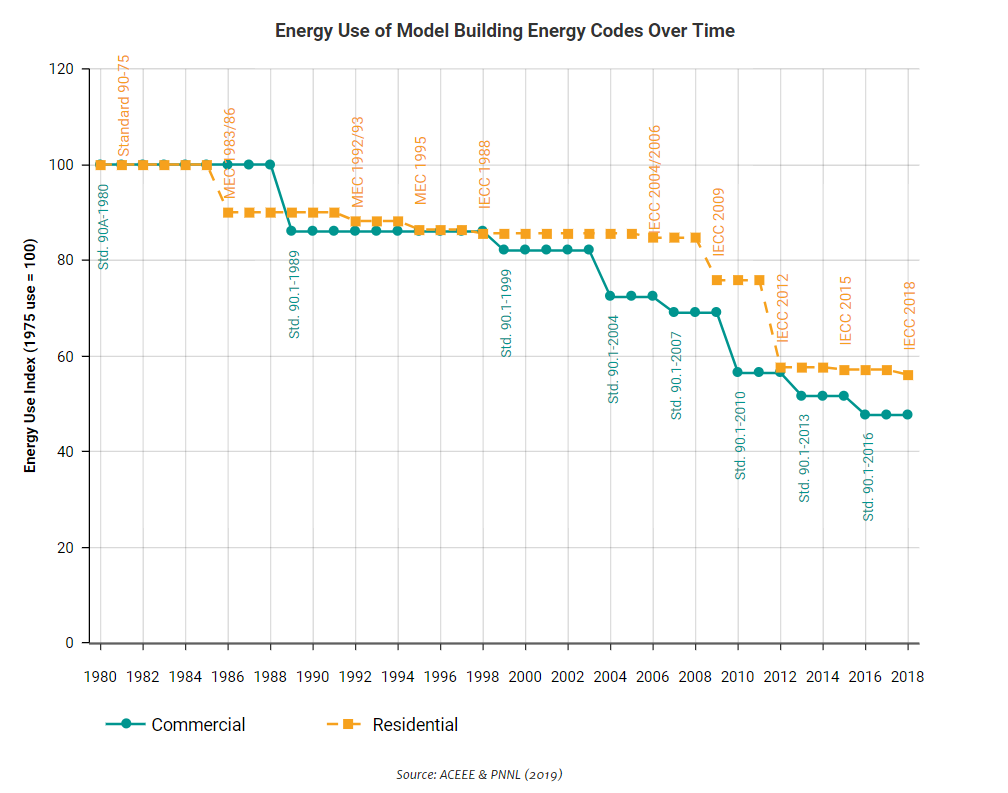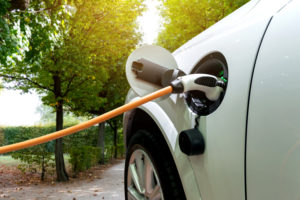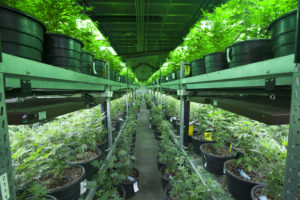Preliminary voting results on the 2021 International Energy Conservation Code (IECC) are in! The outcome of over a year of effort to update the national model energy code was released yesterday and is estimated to bring at least 10% better efficiency for decades to come for both residential and commercial buildings that follow the IECC. This is the second biggest efficiency gain in the last decade for the IECC and puts buildings on a glide path to deliver better comfort, higher productivity, increased value and lower operating costs. The changes also mitigate carbon emissions from buildings, which account for 39% of carbon in the United States.
Eligible voters, including local government and related agencies, chose to dramatically improve building efficiency and turn the tide on the loss of momentum in efficiency improvements to the IECC over the last two development cycles. Extensive outreach and education by a broad coalition of partners, including New Buildings Institute (NBI), the Energy Efficiency Codes Coalition, Natural Resources Defense Council (NRDC), Institute for Market Transformation, Alliance to Save Energy and others, helped raise awareness about the importance of the vote and potential to make significant progress.
“This vote says loud and clear that cities and states, which are voting on the IECC, want advanced energy efficiency,” said NBI CEO Ralph DiNola. “We are encouraged by the progress and especially the adopted zero energy appendices that allow states and cities to go even further than what the IECC calls for in residential and commercial projects.”
NBI is a nonprofit organization that works to advance ultra-low and zero energy performance in buildings and developed the Zero Energy Residential Appendix along with NRDC. The appendix offers an option for local code adoption that would result in zero energy residential buildings, which over the course of a year would produce as much energy as they consume. This would be achieved through a mix of aggressive, yet achievable levels of energy efficiency combined with renewable energy like rooftop solar panels. Other key areas of improvement include:
Higher efficiency through points options for commercial and residential. As energy codes continue to advance, the need for flexibility is becoming increasingly important. Many potential requirements are very effective—but only in some climate zones, building types or building designs. Flexibility and points options provide a solution. By including multiple options that may be highly effective in some situations but not in others, the code can lead to increasing energy efficiency while providing builders flexibility to choose the path to efficiency that works best for each individual project. Proposals to advance the flexibility of both the commercial and residential parts of the energy code were accepted by voters and provide a mechanism that make it easy for jurisdictions that want to further efficiency in codes.
 Electrification and Electric Vehicles. As electric vehicles (EVs) grow in popularity, codes addressing them are essential. The accepted EV proposals require new buildings make a certain percentage of its parking spaces ready for electric vehicles by including electrical infrastructure. Given a building’s long lifetime, it’s almost guaranteed that adopting this proposal into the model code will increase demand for EV charging. It fits squarely into the policies necessary to advance EV adoption and infrastructure. Also accepted were electrification proposals that require electrification readiness when installing fossil fuel appliances and higher efficiency water heating sources and requires lower efficiency water heater types to be installed with renewables.
Electrification and Electric Vehicles. As electric vehicles (EVs) grow in popularity, codes addressing them are essential. The accepted EV proposals require new buildings make a certain percentage of its parking spaces ready for electric vehicles by including electrical infrastructure. Given a building’s long lifetime, it’s almost guaranteed that adopting this proposal into the model code will increase demand for EV charging. It fits squarely into the policies necessary to advance EV adoption and infrastructure. Also accepted were electrification proposals that require electrification readiness when installing fossil fuel appliances and higher efficiency water heating sources and requires lower efficiency water heater types to be installed with renewables.
 Horticultural Lighting. Several lighting proposals on the residential and commercial code were accepted, but horticultural lighting is most important because it improves building efficiency by closing a loophole in the IECC that exempts lighting for plant growth. As written, the 2018 IECC leaves lighting used for energy intensive and rapidly growing indoor horticulture lighting completely exempt from efficiency requirements. The new metric cites a recent standard developed by the American Society of Agricultural and Biological Engineers specifically for lighting used for plant growth and can be met with LED lighting.
Horticultural Lighting. Several lighting proposals on the residential and commercial code were accepted, but horticultural lighting is most important because it improves building efficiency by closing a loophole in the IECC that exempts lighting for plant growth. As written, the 2018 IECC leaves lighting used for energy intensive and rapidly growing indoor horticulture lighting completely exempt from efficiency requirements. The new metric cites a recent standard developed by the American Society of Agricultural and Biological Engineers specifically for lighting used for plant growth and can be met with LED lighting.
Additional details on the most impactful proposals for residential buildings are outlined in a blog by NRDC at: http://www.nrdc.org/experts/lauren-urbanek/better-energy-code-holiday-gift-planet. Now that the preliminary votes are in, they must be certified by the International Code Council Board of Directors. In the meantime, there is a challenge period where any of the approved proposals can be subject to further review. For more information about the proposals, visit NBI’s 2021 IECC page at https://newbuildings.org/code_policy/2021-iecc-base-codes/.
